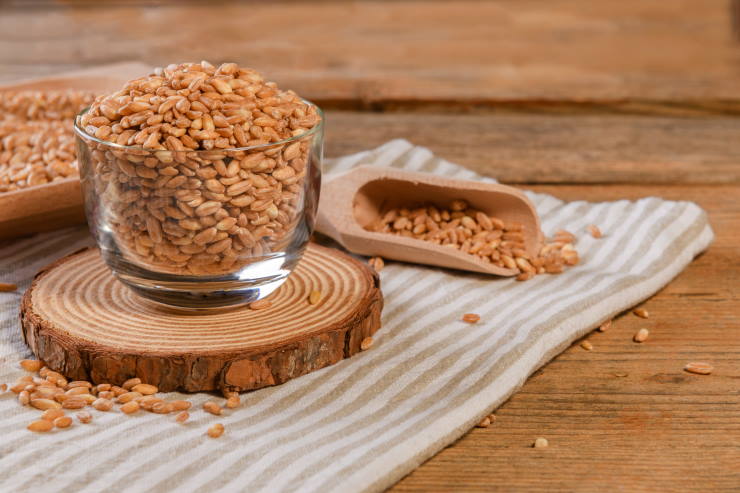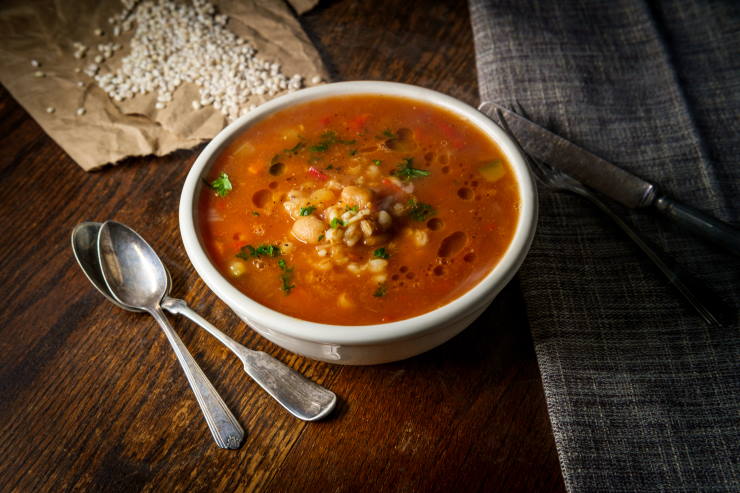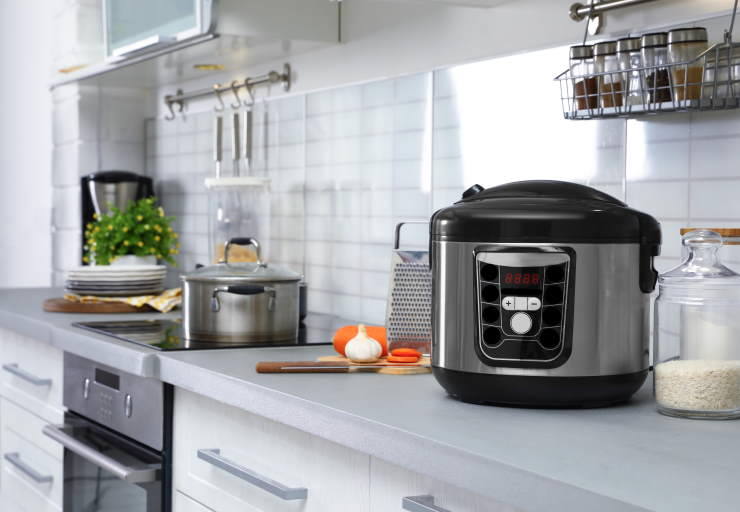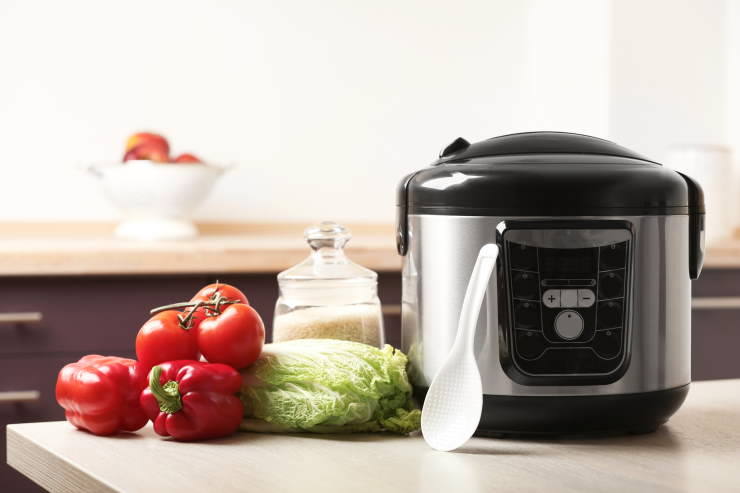How to Cook Farro in a Rice Cooker
Farro is a healthy whole grain you can eat for breakfast and use in soups and salads. There are even recipes you can try and make a delicious sweet snack to stop your sugar cravings. The only issue is it takes a lot of time to rinse and start boiling without any previous preparations.
Even though there are many different methods to prepare it, many people prefer to cook farro on the stovetop as it’s the traditional way. While it’s a reasonably simple method, it’s highly time-consuming. But don’t worry, with the tips we suggest in this article, you can halve the cooking time easily.
A rice cooker is the fastest and most tasty way to cook this grain. You’ll be astonished by how quickly and deliciously the results come out. A rice cooker is a beneficial kitchen tool that uses steam or boiling to cook whatever you put inside. It’s not only for cooking rice, and farro is a fantastic alternative. Modern rice cookers come in high-tech models with numerous sensors to help you reduce your time in the kitchen.
What is Farro?

Before recent years, farro was a long forgotten grain from Mesopotamia, but due to its health benefits, it gained its long overdue appeal recently. It’s delicious when you cook it in a rice cooker and has a nutty flavor and chewy texture. You can find abundant antioxidants, minerals, fiber, vitamins, and protein.
Additionally, it’s a great alternative to processed grains and simple to incorporate into your diet. Although it is sold dry, it must be boiled in water until it is soft and chewy before eating. Also, it does not go rancid quickly, and you can keep it fresh for many years if you store it in a dry space.
If you do not soak farro the night before, it will take about an hour to cook. But you can cut this time in half by soaking it before night; when you boil it, it will be ready in around half an hour. Fortunately, unlike some other grains, soaking does not affect the taste. But this process only goes for the stovetop option. You do not need the soaking process for using a rice cooker. Also, please don’t forget to rinse and remove any dirt and residues that may have accumulated during the harvesting and processing.
Water to Farro Ratio

Consider a 1 to 3 ratio: 1 cup farro to 3 cups water or broth. We suggest you use diluted broth so that you can still taste the farro flavor while enriching it slightly with whatever broth you prefer. The key to cooking farro in your rice cooker most deliciously is how much water you use. If you use too much water or broth, the results will be highly soft and even mushy. But the farro might come off too coarse and rough to chew if you do not put enough broth.
Process of Cooking Farro in a Rice Cooker

Cooking this grain in a rice cooker is a breeze. You should just add water and salt to the mixture, bring it to a boil, cover tightly so that no steam escapes while boiling, then turn down the heat. After about 50-60 minutes, it will be boiled. Of course, many modern rice cookers include a pre-programmed setting for farro, so if yours does, it is even easier.
Put the ingredients into the pot, select the program on your rice cooker, and you are done. When using a rice cooker, you can leave the dish unattended. The best part is that you don’t even need to wait around to see if it’s properly done or not.
Here is another tip for you before you put your grain in the rice cooker. Farro frequently has a dry, powdery coating that must be removed before cooking. You should rinse the starch to reduce stickiness before you put it in a rice cooker.
How to Store?

You can cook farro in your rice cooker and use it in the upcoming week to prepare quick salads after you come home from work. It’s a great alternative since there are many recipes you can make with farro. To keep the farro after you cook it in a rice cooker without spoiling, you should put it inside an airtight container and put it in the coldest space in your fridge. This way, you can keep it fresh for up to three to five days.
Farro can also be kept frozen for up to 6 months. This is the way to go if you want to make a large batch and freeze it in smaller portions for later use. Make sure your grains are completely cool before transferring them to a freezer-safe container. This will help to prevent freezer burn. Grain can be quickly defrosted in the microwave or on the stove.
Tips on Cooking Farro in A Rice Cooker

- Find out what kind of farro you have. Pearled, semi-pearled, and whole farro are the most common varieties. Each type of farro requires a different amount of time to cook, ranging from 15 minutes for pearled to 40 minutes for the whole. When you buy farro, make sure you know what kind it is; you don’t want it to be too hard or too mushy! If you’re unsure of the type you have and how long you should cook it for, start tasting it every 15 minutes in your cooker and work your way up.
- Cook in bulk and freeze the leftovers. Keeping some boiled grains in the fridge might be a lifesaver when it comes to meal planning for lunch or preparing a quick dinner. You can store boiled farro in the refrigerator for five days and frozen for even longer. Place the grains on a baking sheet in a single layer and place them in the freezer for at least 2 hours. Place the frozen grains in a freezer-safe container after they have been frozen. The grains will clump together if you skip the initial freeze on the baking sheet!
- Dress the salad just before serving. Tossing farro with everything from a lemon vinaigrette to cilantro lime dressing or chimichurri is a favorite of mine. Because the flavor of dressed grains fades in the fridge, dress them right before serving. But don’t be concerned if you have any leftovers! Add an extra squeeze of lemon or lime and a sprinkle of salt and pepper before serving.
Conclusion

Farro is easy and quick to cook in a rice cooker. It’s filling and hearty, with a great chewy texture and nutty flavor. It’s delicious all year, but it shines in the autumn. Its toasty flavor complements autumn vegetables such as squash, apples, and kale, as well as cozy herbs such as sage, rosemary, and thyme. If you haven’t done so yet, now is the time to try! It’s excellent in salads, bowls, or your next fall soup!

